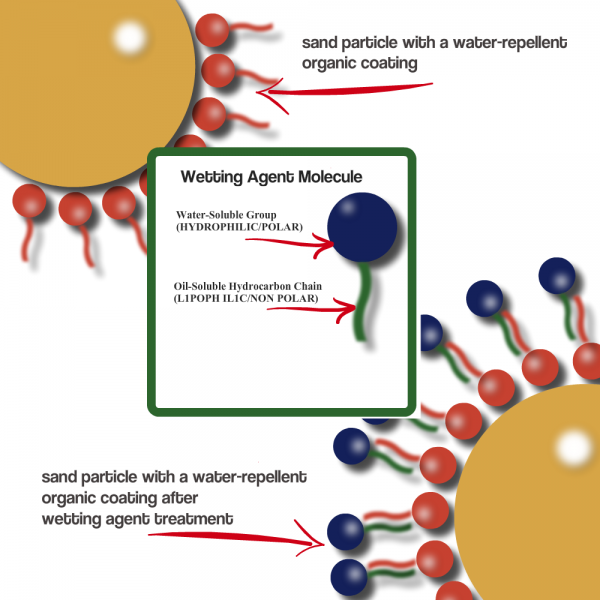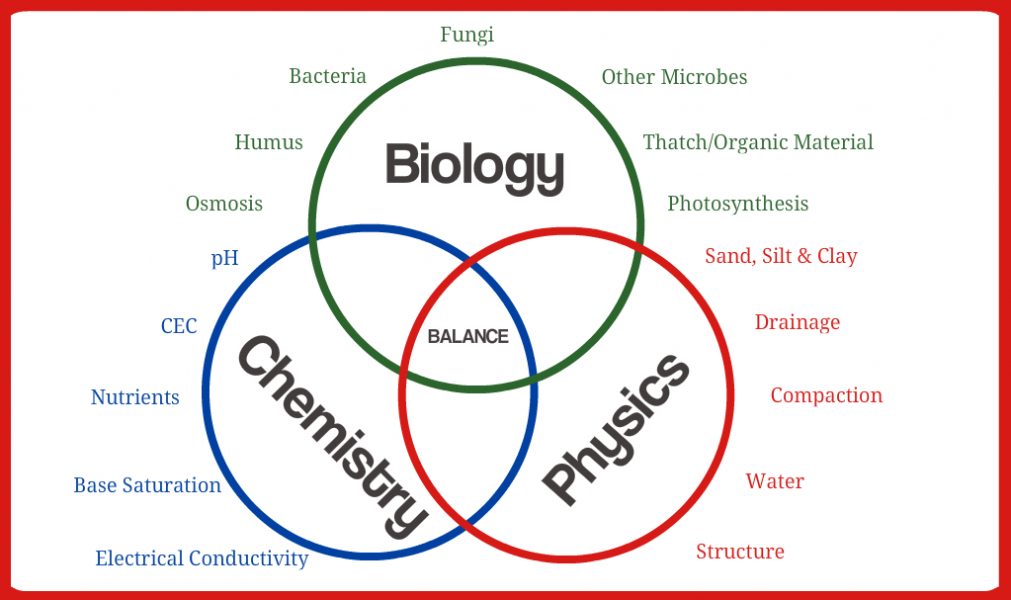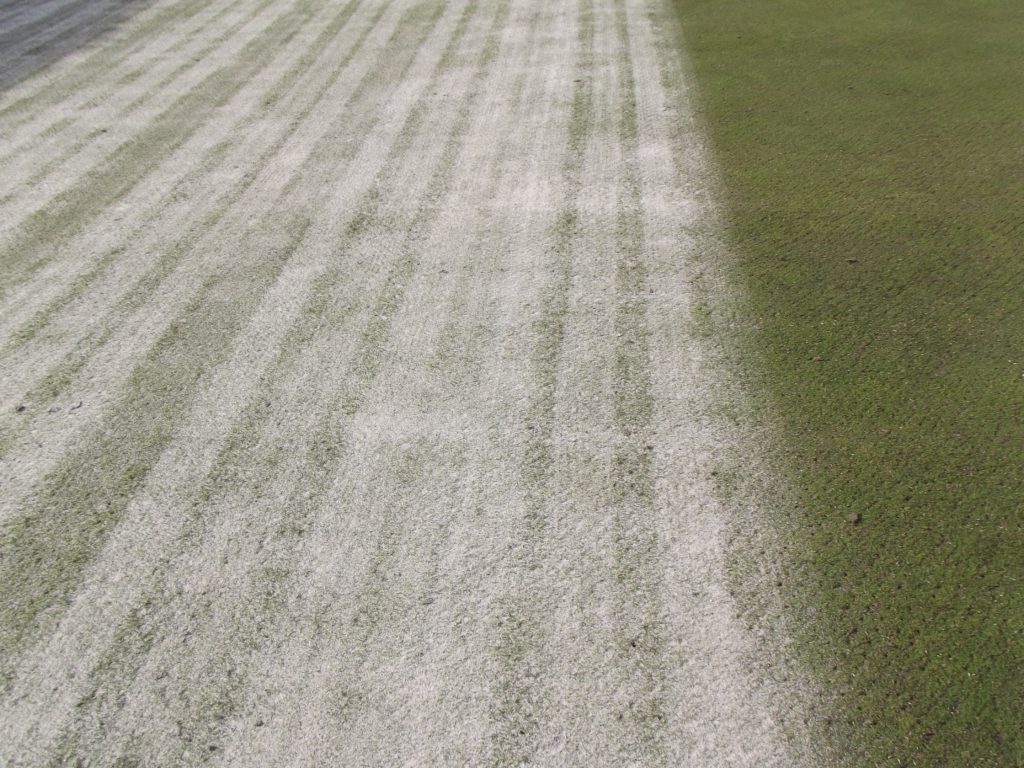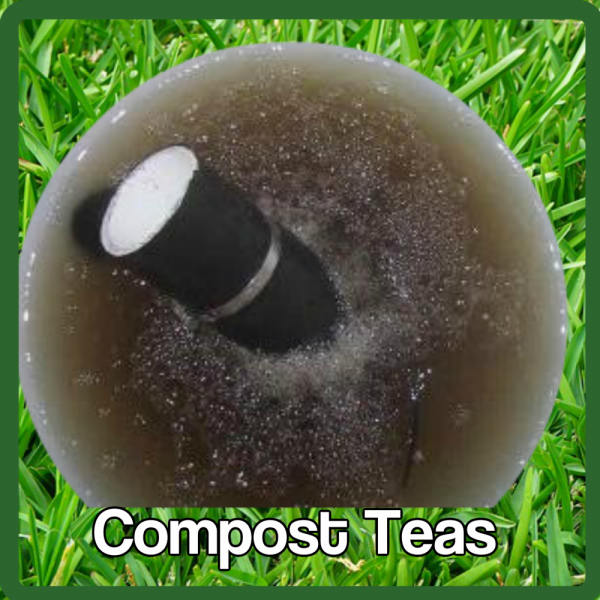The re-wetting effect will last as long as sufficient wetting agent remains bonded to the sand particles, but water repellency and the associated dry patches will return when this is no longer the case. That is why it is important to work on the soil eco-system as a whole to effect a cure for the underlying issues of imbalance brought about by excess sand and the routine use of inorganic fertilisers and fungicides over decades.






